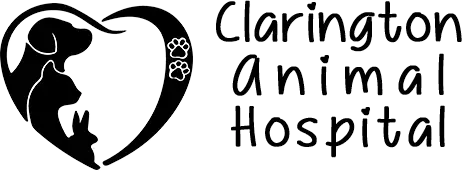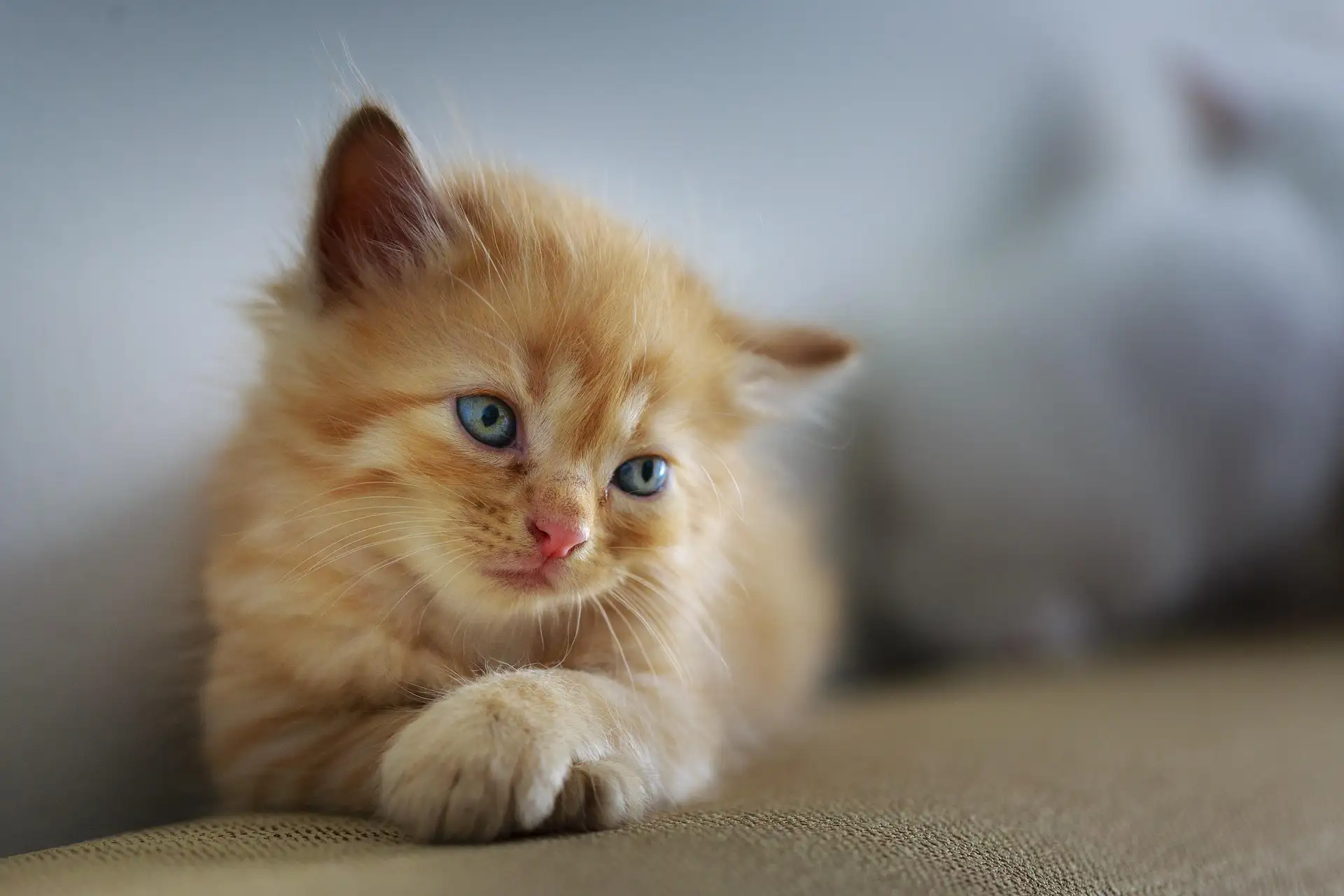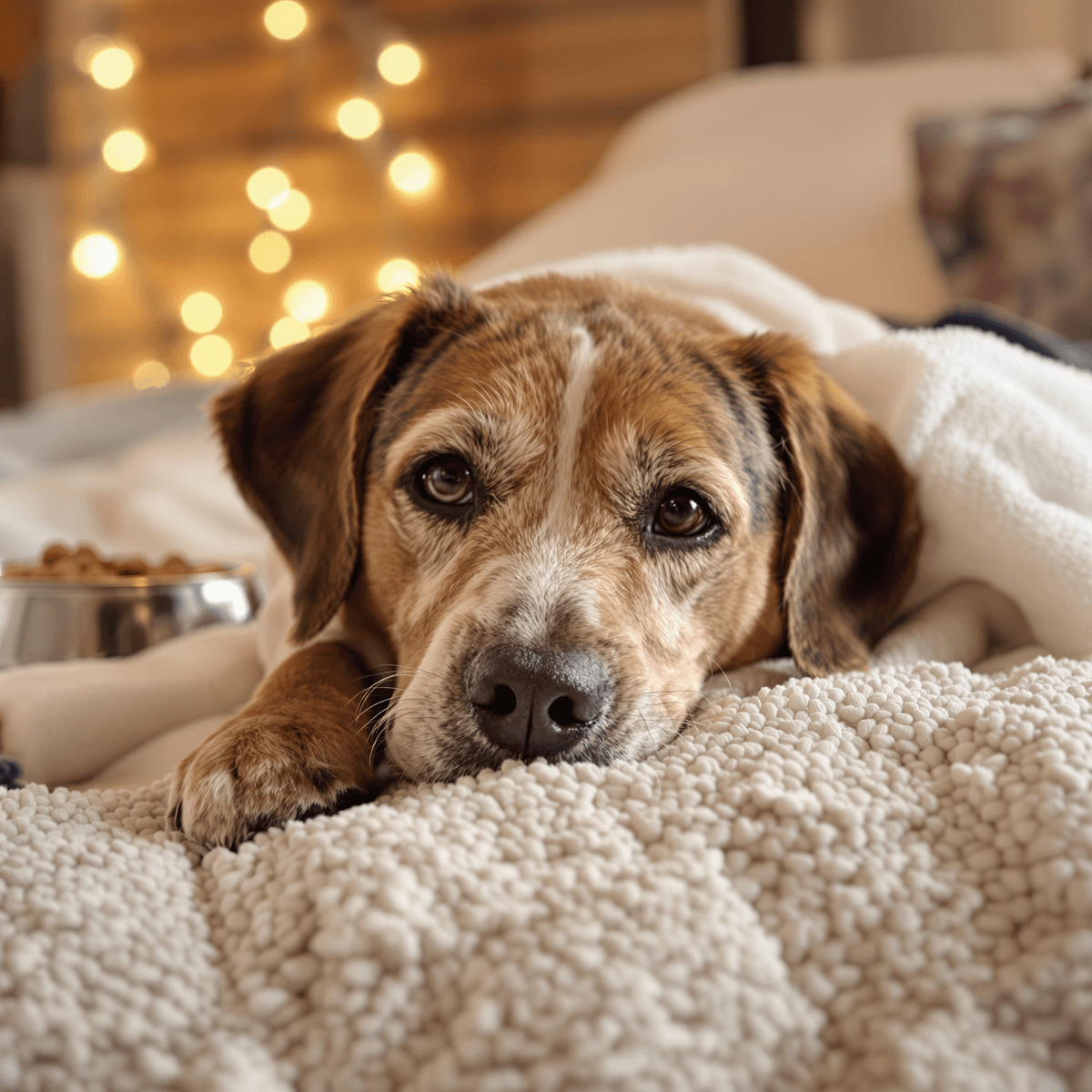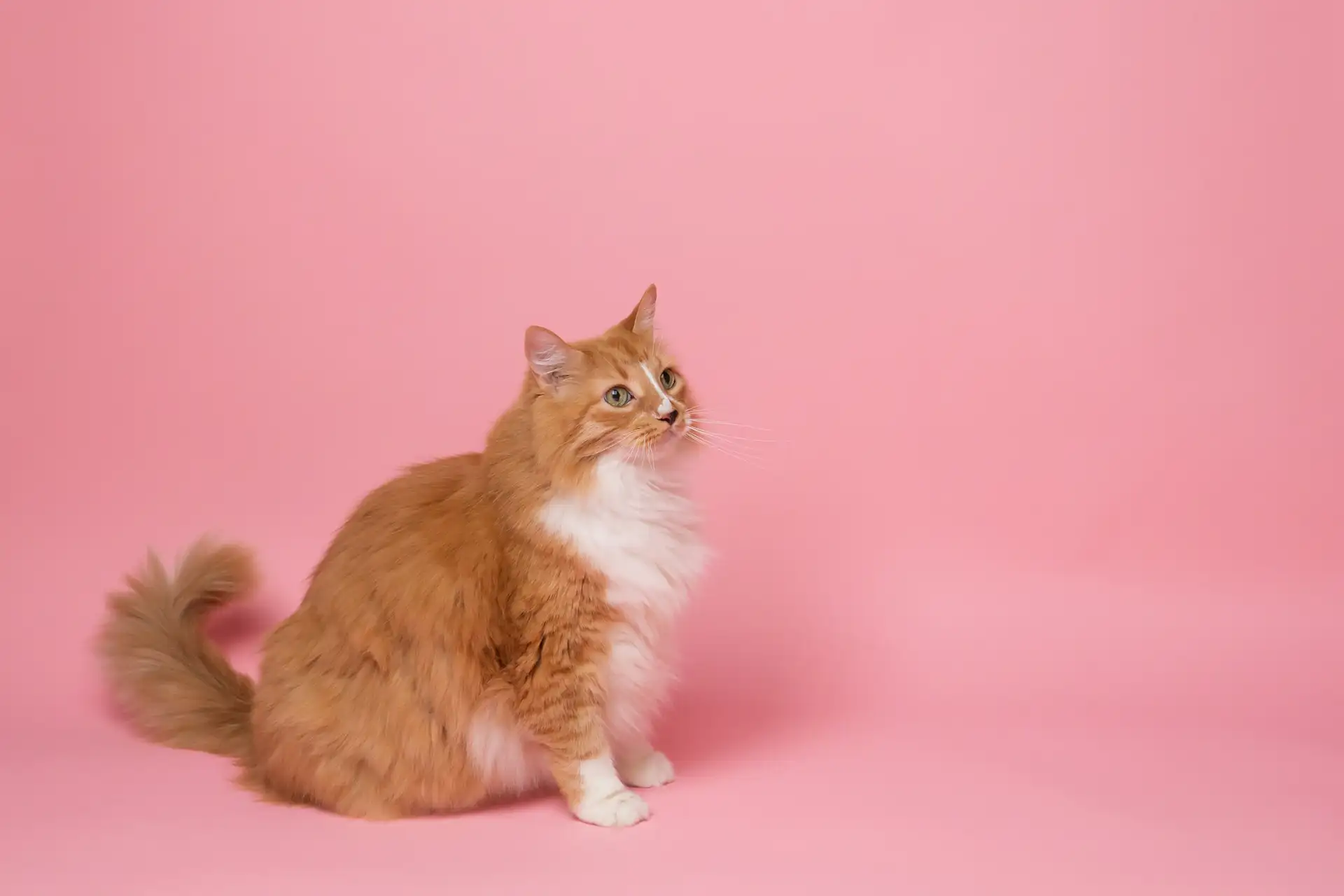- Maintaining appropriate temperatures
- Providing UVB light exposure
- Offering environmental stimulation
- Creating stress-free areas
Understanding Your Bearded Dragon’s Natural Environment
Bearded dragons originate from the arid regions of Australia, where daytime temperatures soar and nights become significantly cooler. These resilient reptiles thrive in desert-like environments characterized by:- Daytime temperatures reaching 35-40°C (95-104°F)
- Cooler mornings and evenings around 25°C (77°F)
- Natural UVB exposure from direct sunlight
- Low humidity levels between 30-40%
- Rocky outcrops and scattered vegetation
Why Mimicking Their Habitat Matters
To prevent health issues that may result in emergency veterinary visits, it’s essential to replicate these natural conditions in your pet’s living environment. Here are some key considerations:- Basking Spots: Designate specific areas for your dragon to absorb heat.
- Cooler Areas: Incorporate cooler sections for your pet to regulate its body temperature.
The Benefits of Temperature Variation
This variation in temperature, coupled with appropriate UVB exposure, supports crucial functions in your dragon’s body:- Better digestion of food
- Stronger bones
- Natural behaviors
- Healthy immune system
Choosing the Right Enclosure
Your bearded dragon needs a spacious enclosure that supports natural behaviors and healthy growth. Adult dragons require a minimum enclosure size of 120 x 60 x 60 cm (4 x 2 x 2 ft). Juvenile dragons can start in smaller setups, but investing in an adult-sized enclosure saves money long-term.Enclosure Material Options:
Wooden Vivariums
- Superior heat retention
- Excellent ventilation control
- Natural aesthetic appeal
- Requires proper sealing against moisture
Glass Aquariums
- Clear viewing from all angles
- Easy to clean
- Poor heat retention
- Limited ventilation options
PVC Enclosures
- Lightweight and durable
- Moisture resistant
- Reduced airflow
- Less aesthetic appeal
Heating Essentials for a Healthy Habitat
Your bearded dragon’s health depends on precise temperature control within their habitat. These reptiles need a specific temperature gradient to regulate their body temperature effectively.Basking Zone Requirements:
- Set your basking spot temperature to 35-40°C
- Create a cooler area around 21°C
- Use digital thermometers at both spots for accuracy
Basking Bulbs:
- Provide both heat and visible light
- Position 20-30cm above the basking spot
- Replace every 6-8 months for optimal performance
Ceramic Heaters:
- Emit heat without light
- Perfect for nighttime temperature maintenance
- Must be connected to a thermostat for safety
Proper Lighting for Vital Health Benefits
High-quality full-spectrum UVB lighting is essential for your bearded dragon’s health. These specialized lights enable vitamin D3 synthesis and proper calcium absorption – crucial processes for preventing metabolic bone disease.Recommended Light Setup:
- UVB intensity: 4-6 UV Index units
- Preferred bulbs: T5 or T8 fluorescent tubes
- Light placement: 10-12 inches from basking spot
- Daily duration: 12 hours on/off cycle
Light Positioning Tips:
- Mount UVB tube alongside heat lamp
- Remove mesh screens between bulb and dragon
- Ensure unobstructed path to basking area
- Create overlapping zones of heat and UVB
Selecting the Best Substrate Options
Your choice of substrate impacts your bearded dragon’s health, behavior, and habitat maintenance. Sandy desert-like substrates create a natural environment that allows these reptiles to express their innate digging behaviors.Bio-active substrates mix sand with soil and clay, creating a stable surface that holds burrows without collapsing. Safe substrate options include:
- Play sand mixed with organic topsoil (70:30 ratio)
- Excavator clay
- Natural desert sand
- Slate tiles
- Textured ceramic tiles
- Non-adhesive shelf liner
- Easy to sanitize
- Helps maintain proper nail length, reducing the need for trimming, which can be stressful for pets
- Zero risk of impaction
- Cost-effective long-term solution
Enrichment and Decor for Mental and Physical Well-being
Your bearded dragon needs enrichment activities to stay mentally stimulated and physically active. A well-designed habitat includes climbing opportunities through strategically placed hammocks and branches. These semi-arboreal perches let your pet explore different heights while exercising their natural climbing instincts. Rough-textured decorations serve multiple purposes in your dragon’s habitat:- Natural wood pieces help maintain healthy nail length
- Textured rocks assist with shedding
- Climbing branches provide exercise opportunities
- One in the basking area
- One in the cool zone
- Additional hides in between temperature zones
- Haworthia
- Echeveria
- Jade plants
Feeding and Hydration Setup Tips
Your bearded dragon’s feeding and hydration setup plays a crucial role in their health and comfort. Place shallow water dishes on the cooler side of the enclosure – this helps maintain water freshness and prevents rapid evaporation that occurs in warmer areas.Optimal Water Dish Features:
- Non-porous material for easy cleaning
- Wide enough for drinking but shallow to prevent drowning
- Weighted design to prevent tipping
- Textured bottom for secure footing
Strategic Bowl Placement:
- Position food bowls away from basking spots
- Keep dishes visible from favorite perches
- Use multiple feeding stations for enrichment
- Clean and sanitize bowls daily
Maintenance Practices to Ensure a Healthy Environment
A clean habitat directly impacts your bearded dragon’s health. Daily spot cleaning removes waste, shed skin, and uneaten food – essential tasks to prevent bacterial growth and maintain hygiene. You’ll need to:1. Spot Clean Daily
- Remove feces immediately
- Clear away uneaten vegetables within 4-6 hours
- Wipe down surfaces with reptile-safe cleaner
- Replace soiled substrate
2. Deep Clean Monthly
- Disinfect all surfaces and décor
- Replace substrate completely
- Sanitize food and water dishes
- Clean UVB and heating fixtures
- Basking spot temperature (40°C)
- Cool side temperature (25°C)
- Humidity levels (35-40%)
Optimal Location Placement Within Your Home
Your bearded dragon’s enclosure placement directly impacts their health and stress levels. Direct sunlight through windows creates dangerous temperature spikes inside the habitat – even during winter months. Select a room with ambient lighting that maintains consistent temperatures.Ideal placement characteristics:
- Position the enclosure against a solid wall for temperature stability
- Keep the habitat away from air vents, fans, or drafty areas
- Choose a quiet space away from TVs, speakers, or high-traffic zones
- Place on a sturdy table or cabinet rated for the enclosure’s full weight
- Maintain a 6-12 inch clearance around the enclosure for proper ventilation
- Keep out of reach of children and other pets
- Avoid rooms with strong cooking odors or chemical fumes
- Select areas where temperature remains stable year-round
- Consider accessibility for daily maintenance tasks
When To Consult a Veterinarian About Habitat Concerns
Your bearded dragon’s habitat directly impacts their health. Watch for these warning signs that require immediate veterinary attention:- Lethargy or decreased activity – might indicate incorrect temperatures
- Burns or skin discoloration – possible issues with heating elements
- Metabolic bone disease symptoms – can result from inadequate UVB exposure
- Respiratory issues – often linked to incorrect humidity levels
- Unusual hiding behavior – potential stress from habitat setup
Conclusion
Creating the perfect home for your bearded dragon is essential to being a responsible pet owner. A well-designed enclosure with the right temperatures, UVB lighting, and stimulating features directly affects your dragon’s happiness and lifespan. Your commitment to keeping their habitat in top shape helps avoid common health problems and encourages natural behaviors. Every detail – from choosing the right bedding to maintaining proper humidity – is crucial for your pet’s overall well-being.Key takeaways for ideal bearded dragon care:
- Regularly clean and maintain the habitat to minimize health risks
- Set up appropriate temperature and lighting conditions for vital bodily functions
- Include enrichment activities and objects to promote natural behaviors
- Keep a close eye on your pet’s environment to catch any potential issues early on
FAQs (Frequently Asked Questions)
Why is creating the ideal habitat essential for my bearded dragon’s health?
Creating the ideal habitat mimics your bearded dragon’s natural hot and dry environment, providing proper temperature gradients, UVB exposure, and enrichment. This supports their overall health, reduces stress, encourages natural behaviors, and minimizes veterinary visits related to habitat issues.What enclosure size and type are recommended for adult bearded dragons?
Adult bearded dragons require spacious enclosures to accommodate their size and activity. Recommended enclosures include wooden vivariums or glass aquariums with secure lids to prevent escapes. Housing multiple dragons together is discouraged due to territorial behavior.How should I set up heating and lighting for my bearded dragon’s habitat?
Provide a temperature gradient from a basking spot at around 40°C to cooler areas near 25°C using basking bulbs or ceramic heaters controlled by thermostats. Use high-quality full-spectrum UVB lighting (4-6 UV Index units) with T5 or T8 bulbs positioned correctly over basking areas to support vitamin D metabolism and calcium absorption. Maintain a natural 12-hour light/dark cycle.What substrates are safe and beneficial for a bearded dragon enclosure?
Sandy desert-like substrates encourage natural digging but must be used cautiously. Alternatives like slate or tiles are safe, easy to clean, and reduce injury risk. Avoid reptile carpets due to hygiene concerns and potential injuries.How can I enrich my bearded dragon’s environment for mental and physical well-being?
Incorporate semi-arboreal perches such as hammocks and branches for climbing, provide rough textured decor like wood pieces and rocks for interaction, include hiding spots like logs or commercial hides to reduce stress, and use live or artificial plants to enhance visual enrichment safely. Ask your vet for specific advice.When should I consult a veterinarian regarding my bearded dragon’s habitat?
Consult a veterinarian if you notice signs of habitat-related health issues such as lethargy, poor appetite, abnormal shedding, or behavioral changes.Contact Our Bowmanville, ON Animal Clinic
Are you looking for a great vet near me in the Bowmanville, ON area? You’ve found us! Please do not hesitate to reach out with any questions or concerns about your pet’s health or care. Visit our Service page here for more insight about our clinic and the animals we treat.This blog is meant to be informational only. Always consult with your veterinarian for the right medical advice, diagnosis, or treatment plan for your pet and follow their advice.



